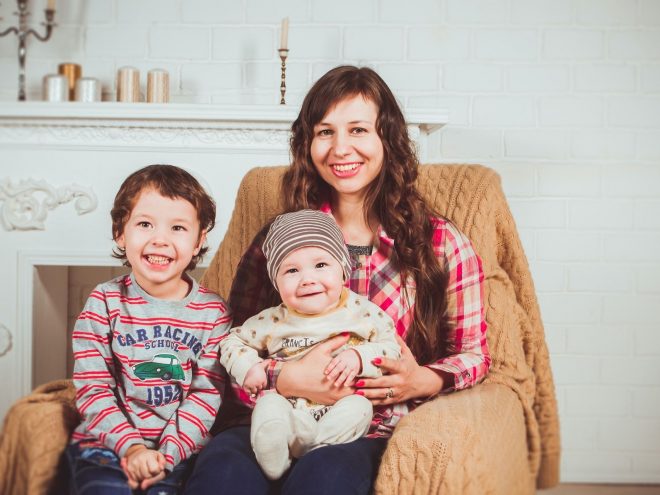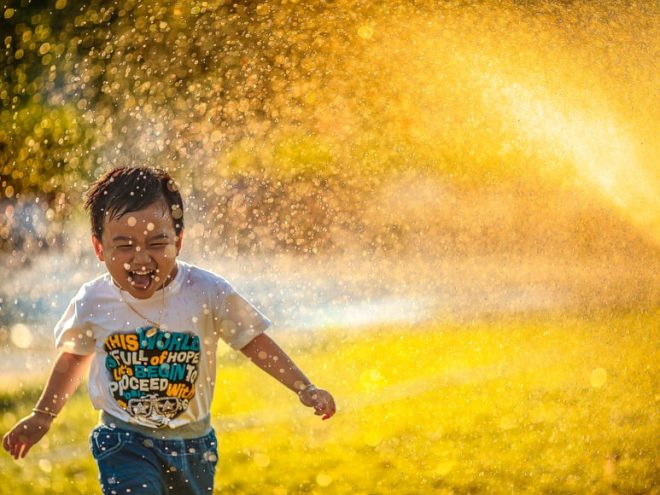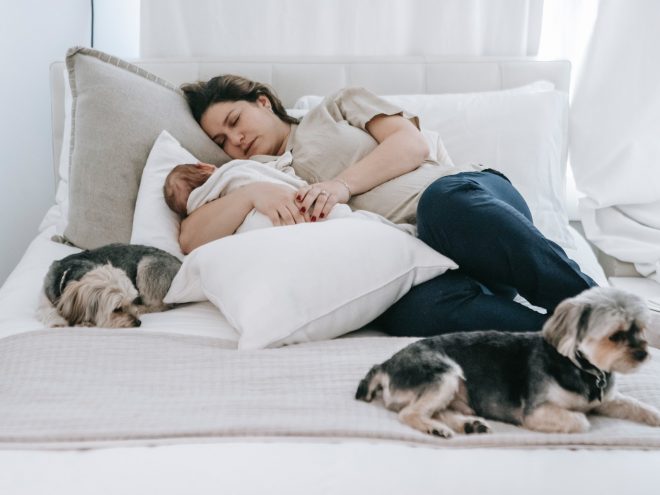If you’ve ever birthed a tiny human or have had the responsibility of caring for one, you know just how common it is for infants to get a rash. Babies’ sweat glands and pores are incredibly tiny, making their skin more sensitive during the first few months and years of their lives. Thus, most suffer a variety of different skin conditions.
Most bumps and blotches are harmless and clear up by themselves. However, it’s a good idea to learn about some of the most common conditions so you know what to look for. More importantly, if you can diagnose their rash, you can treat it or at least alleviate symptoms so your babe is more comfortable. Here are a few types of rash to look out for.
1. Diaper Rash
The most common skin problem among infants is diaper rash. This angry-looking rash might appear the next time you’re changing a diaper. It forms red rings around your baby’s buttocks and groin areas. Anywhere the diaper rubs, there’s bound to be a rash. Excess moisture from urine or feces can cause extra irritation, so change diapers often and apply a topical ointment or powder to alleviate symptoms and help your baby heal.
2. Cradle Cap
Maybe you’ve noticed a rash on your baby’s scalp. If it produces yellowish, greasy patches that appear scaly, you might be dealing with cradle cap. This condition usually develops when a baby is two or three months old and, while unattractive, shouldn’t cause any discomfort for your little one. Cradle cap should clear up on its own without any treatment. However, if you want to reduce scaling, you can use baby oil and a soft bristle hairbrush to gently clean the affected area.
3. Eczema
Atopic dermatitis — or eczema — is a common skin condition that affects up to one in four children. An estimated 60% of those with eczema developed it within their first year of life, which means your baby is sure to come down with the condition at one point or another. Eczema causes red, dry skin that’s itchy and rough to the touch and, while there’s no cure, you can alleviate symptoms with proper care. Apply topical corticosteroids, eliminate triggers and follow proper bathing techniques to reduce flare-ups.
4. Heat Rash
Heat rash, which also goes by prickly heat, sweat rash and miliaria, typically occurs when babies sweat are too hot and sweat excessively. It can also happen if they’re wearing too much clothing or their surrounding environment is particularly humid. Heat rash can appear on the neck, shoulders, chest, armpits, elbow creases and groin. Generally, it goes away without treatment within a few days. However, you should see the pediatrician if the rash doesn’t go away, looks worse or gets infected.
5. Baby Acne
While not technically a rash, baby acne can certainly look like one. This condition is common within two to four weeks after birth and often appears in patches on the cheeks, nose or forehead. Sometimes, they look like tiny red bumps. Other times, they have a small white dot in the center. The acne typically clears within a few weeks, so treatment isn’t necessary. In the meantime, avoid using acne creams or ointments and use lukewarm water to clean their face, instead.
6. Slapped Cheek Syndrome
You’d never slap your child but, somehow, bright red marks have appeared on their cheeks. This condition, also known as fifth disease or parvovirus, takes its name from the way it affects the skin. First, it starts as red patches on their cheeks. Then, it may spread to the rest of the body. Slapped cheek syndrome is contagious, but not harmful. Plus, most people develop immunity so, after the first time, they shouldn’t get it again.
7. Impetigo
Does a child you know have impetigo? This rash is common in children and babies and causes itchy bumps and blisters on the skin. These blemishes quickly grow and burst, leaving golden crusty patches that then grow and spread to other parts of the body. Impetigo is highly contagious, so the pediatrician may prescribe antibiotics to limit the spread and help them recover more quickly. However, mild cases won’t require much treatment and typically clear up on their own.
When to Worry About a Rash
What if none of the descriptions above match your baby’s rash? Don’t worry. Infants can develop a wide variety of skin conditions and most are harmless and go away on their own. Caregivers can reduce reactions by reducing babies’ exposure to allergens and other triggers. However, if there’s no apparent cause of the rash or the baby exhibits other signs of illness, then it’s a good idea to see a doctor.




